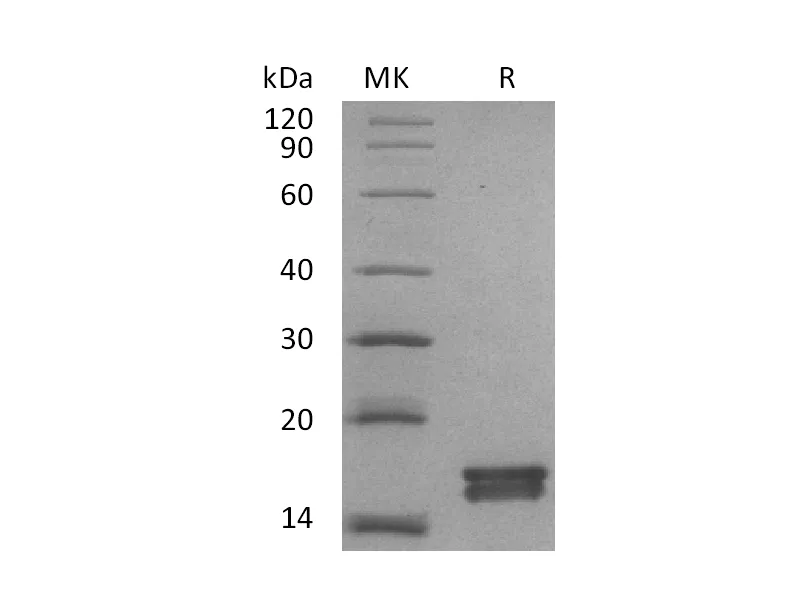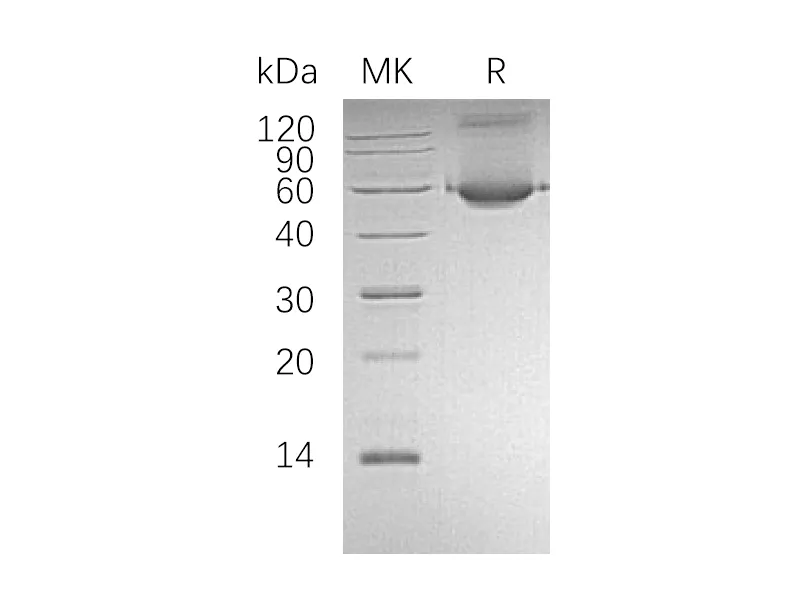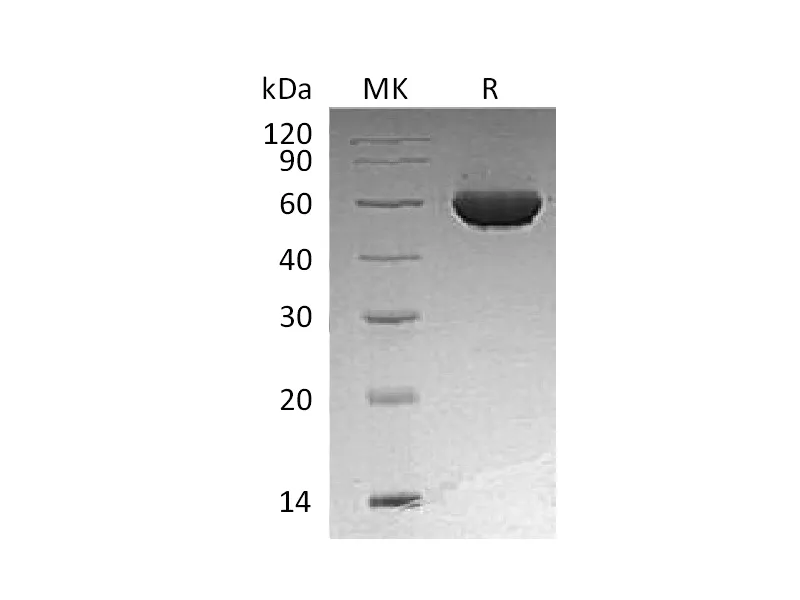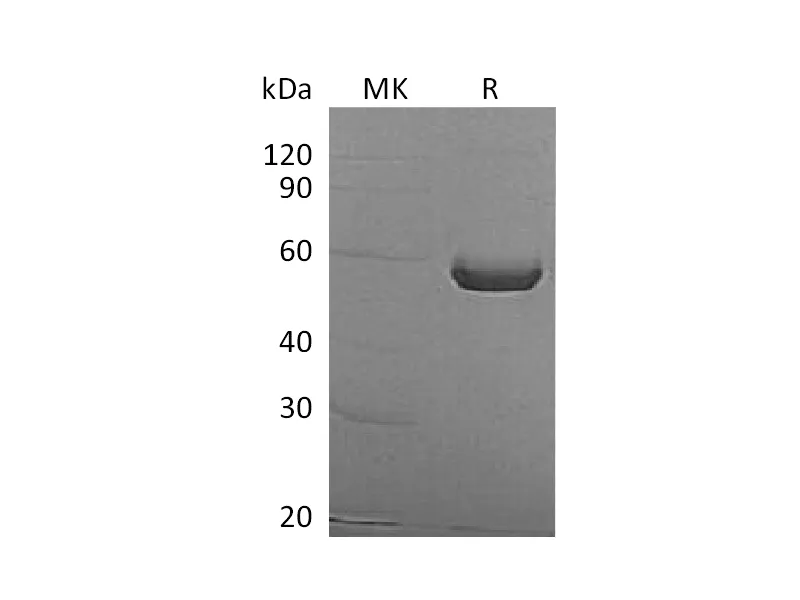Alternative Names
C-type lectin domain family 2 member D; C-type lectin-related protein B; Clr-b; Lectin-like transmembrane protein; Osteoclast inhibitory lectin; Clec2d; Clrb; Ocil
Background
C-type lectin domain family 2, member D (CLEC2D) is implicated in the immune response. Sensing tissue damage is an ancient function of immune cells that is central to the regulation of inflammation, tissue repair, and immunity. The C-type lectin receptor Clec2d as a sensor of cell death, which directly detects histones released during necrosis and thus contributes to inflammation and immunopathology. The Clec2d pathway may also be exploited to favor a pro-inflammatory anti-tumor response. And tumor cells can show reduced global levels of histone modification, which may favor Clec2d sensing. The contrasting expression of CLEC2D in HIV infection and pre-eclampsia is demonstrative of the immunosuppressive and pro-inflammatory roles of the respective pathologies.
Note
For Research Use Only , Not for Diagnostic Use.




